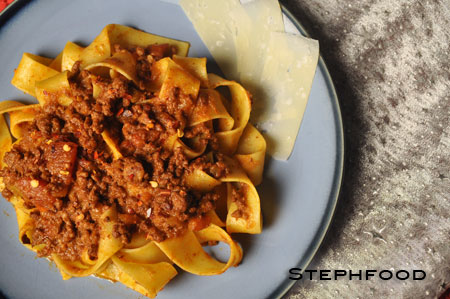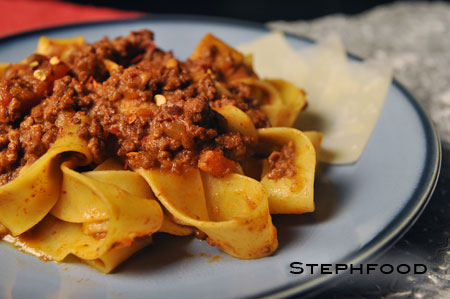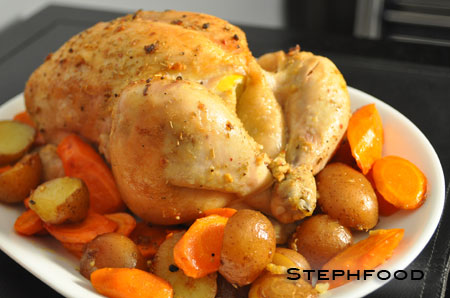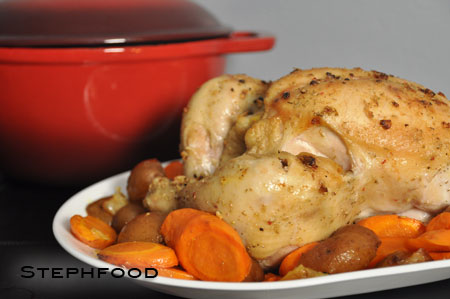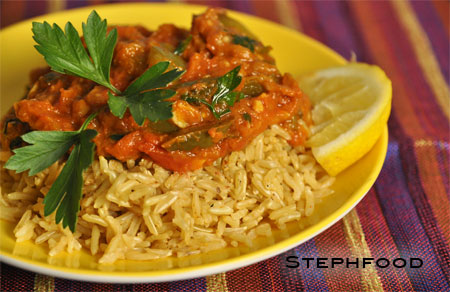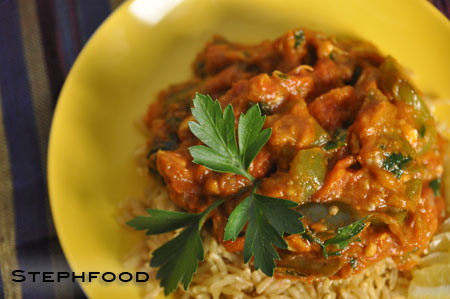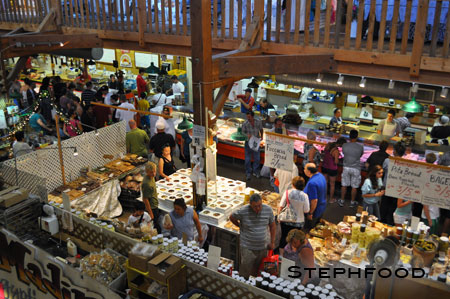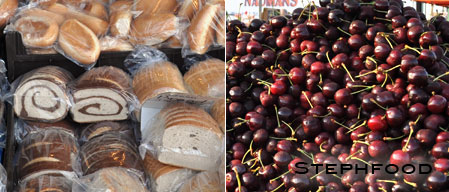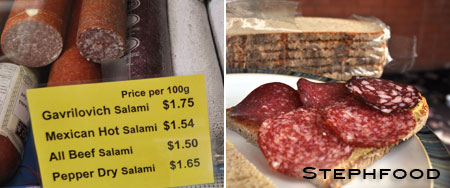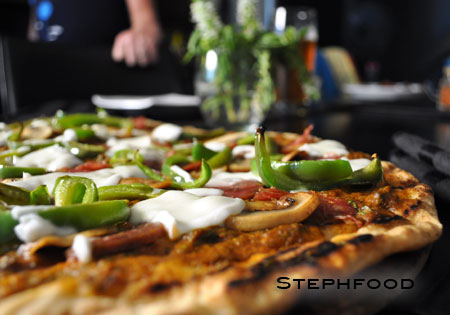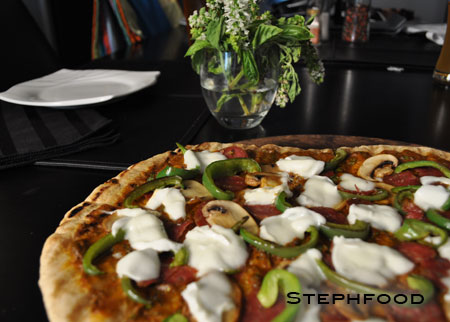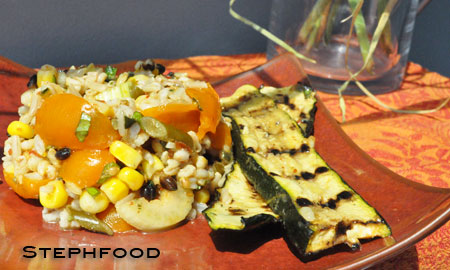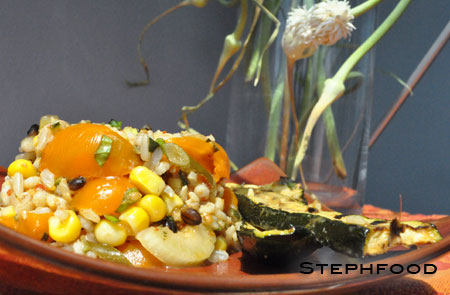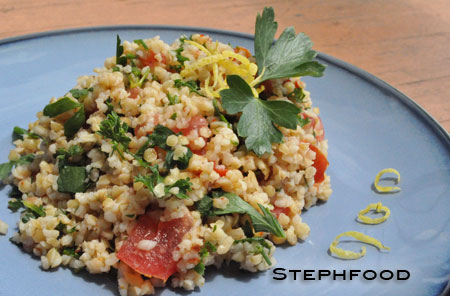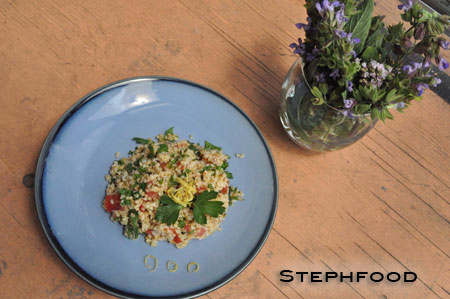If the first week is any indication, 2013 will be the year of the slow-cooker.
Yes, I just got a slow-cooker for Xmas. I have used it nearly every day since I’ve been home (and, when you take leftovers into consideration, have likely eaten slowly cooked food every single day).
It’s a totally different way of cooking, and not quite in the way I expected. I’m going to have to get used to my new little friend, and figure out the quirks.
I haven’t quite figured out how to cook dried beans in the slow-cooker. I’ve tried a few times, and only once have the beans come out perfectly tender. Some reading has led me to believe that it might be the inclusion of something acidic (in this case, tomatoes) that prevents the beans from softening properly. I’m going to test this theory, and see what happens.
I’ve come to appreciate flipping my day, getting all of the dinner prep and cleanup out of the way early, so we can just enjoy dinner at dinnertime. This is a luxury that comes with vacation (or weekend), so I’ll see whether I can translate it to the weekday.
Expect more slow-cooker recipes from me in 2013! I’ll be sure to let you know about my failures, and what I did to make it work in the end.
My first slow-cooker recipe is not really a work day dish, as it takes quite a bit of prep and makes a lot of dishes. I’ve never made a bolognese sauce before – in fact, I don’t remember ever buying ground beef before – and thought it would be a nice warming dish on a cold day. Enjoy!
Slow-Cooker Bolognese Sauce
Source: this recipe, adapted for the slow-cooker.
4-6 servings
Ingredients:
- 2 Tablespoons extra-virgin olive oil
- 1 1/2 cups finely chopped onion
- 1 cup finely chopped celery stalks
- 1 cup finely chopped, peeled carrot
- 3 oz. thinly sliced pancetta, finely chopped (full disclosure: I used regular strip bacon here)
- 1 – 2 lbs. lean ground beef
- Kosher salt and freshly ground black pepper
- 1/2 cup dry red wine
- 1 cup whole milk
- 5 Tablespoons tomato paste
- 2 cups beef or chicken stock, divided
- 250g tagliatelle or fettuccine
- grated Parmigiano-Reggiano (for serving)
Preparation:
- Heat the olive oil in a heavy pot over medium-high heat. Add the onion, celery, and carrot and cook until the onion is translucent and all the vegetables have softened.
- Add the pancetta, and sauté for a few minutes to release some of the fat into the onion mixture.
- Add the beef, breaking it apart with your spoon and cooking until it is just browned. Season with salt, and pepper.
- Add the wine to deglaze the pan, scraping up the bits that are stuck to the pan and mixing them in. Stir in the milk and simmer until the milk has reduced completely and very little liquid remains, about 10 minutes.
- Stir in the tomato paste, and allow to cook for a few more minutes.
- Transfer the mixture to the slow cooker. Add the cup of canned tomatoes and 2 cups of the stock. Cover and cook on HIGH for 6 hours or LOW for 8 hours.
- In the last half hour of cooking, remove the lid to allow any excess liquid to evaporate and reduce the sauce to a thick gravy consistency.
- Gently toss sauce with al dente cooked pasta, top with parmesan and serve. I also added peperoncini flakes – and it was great!
